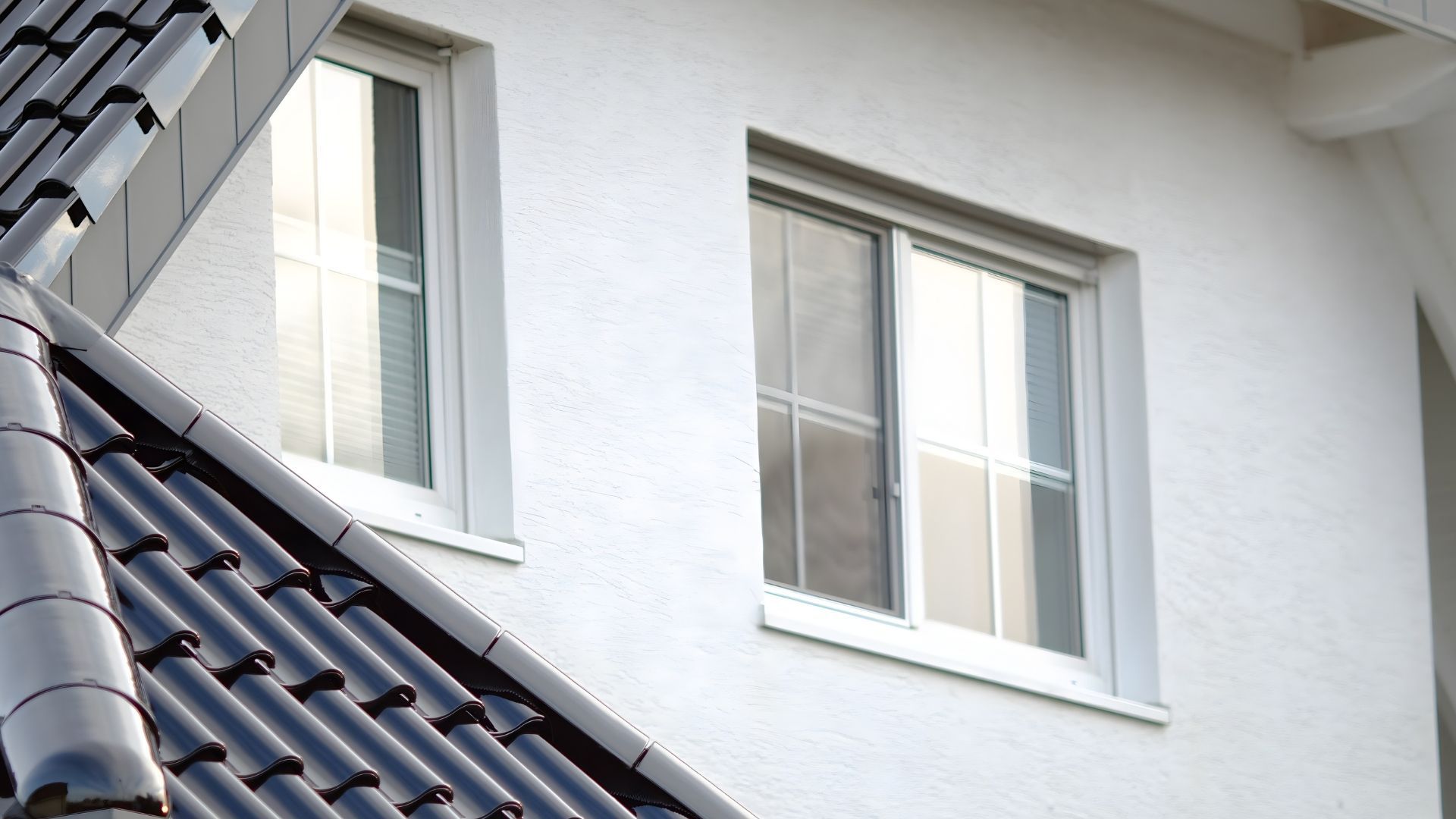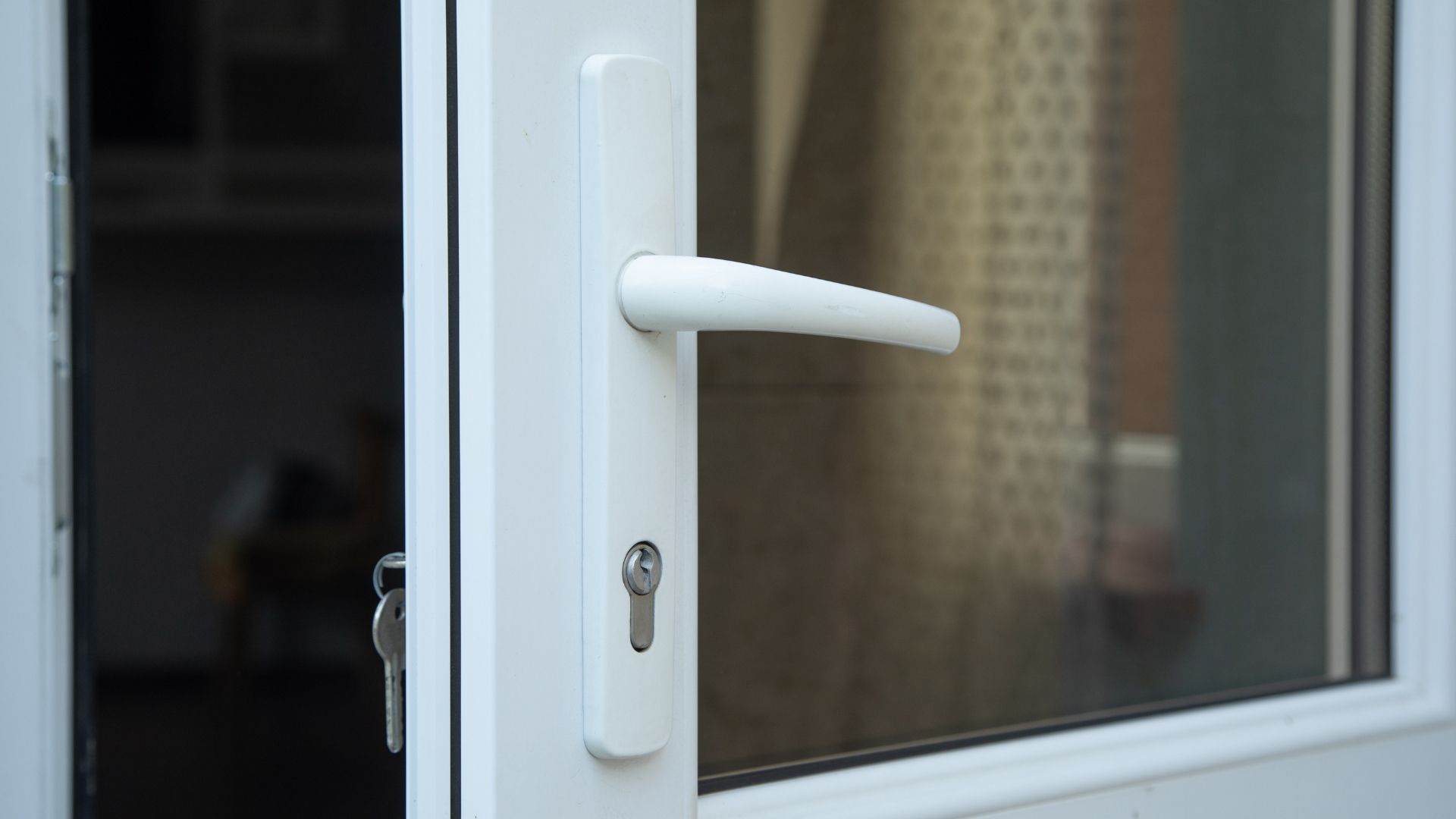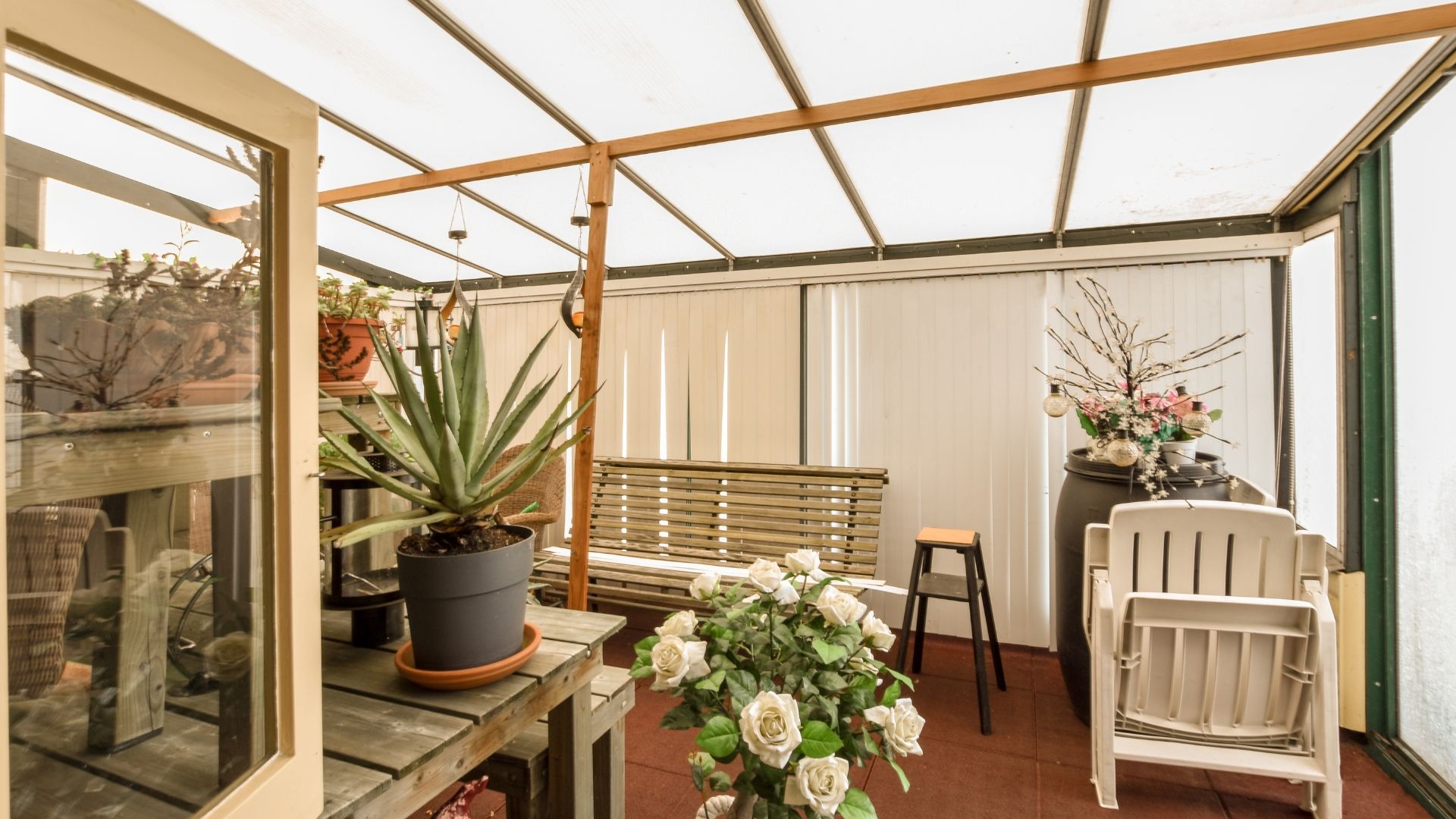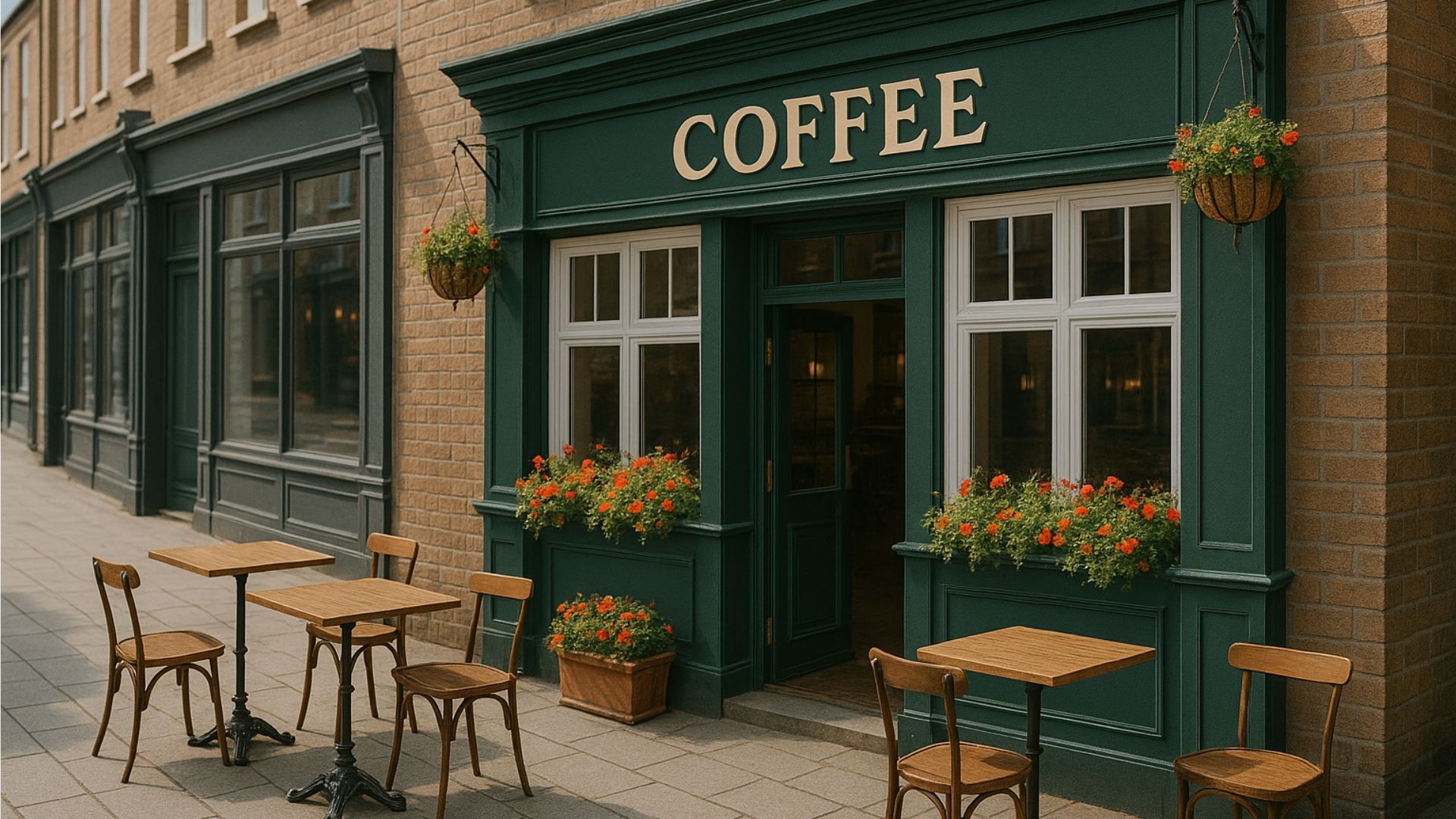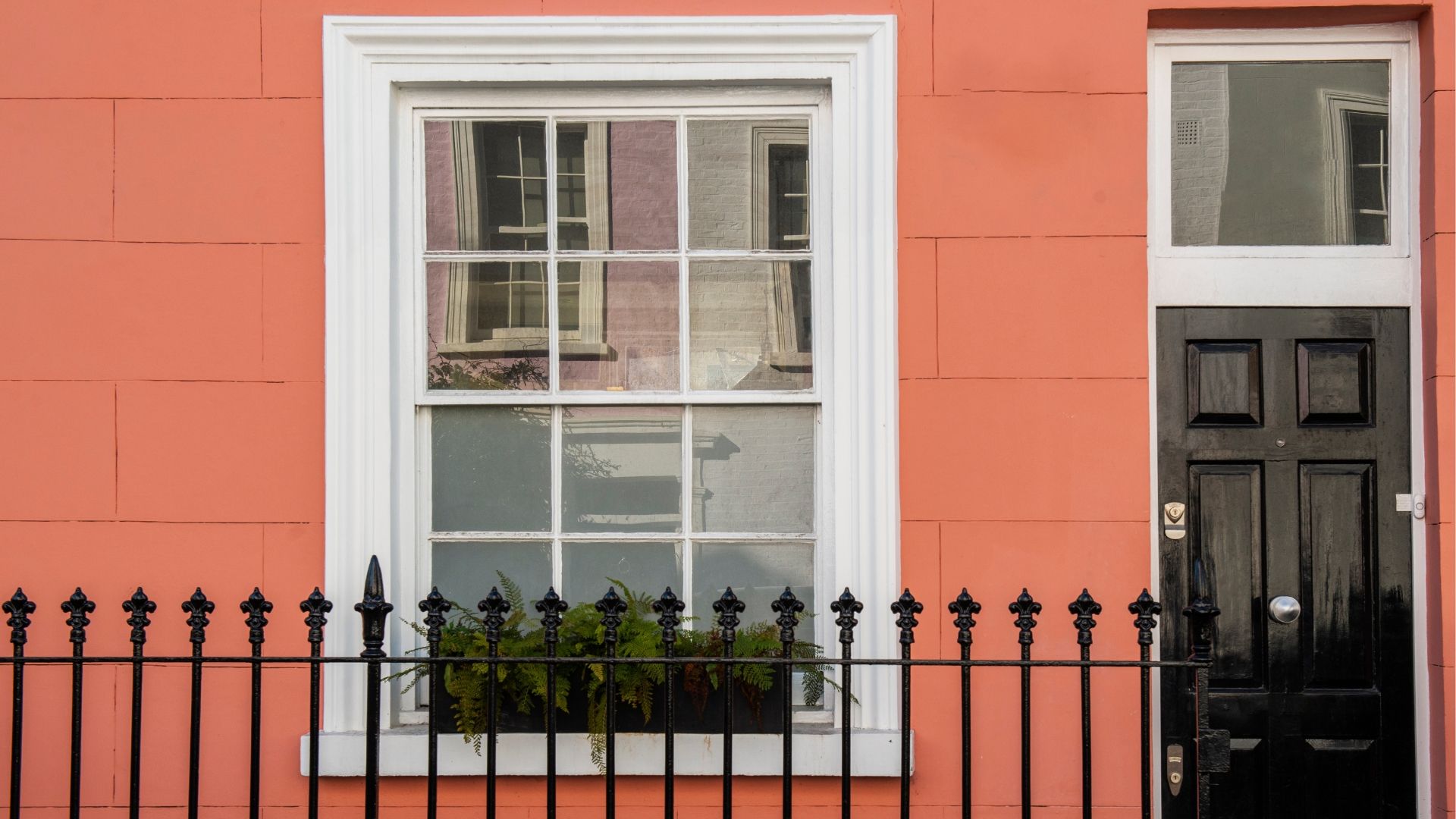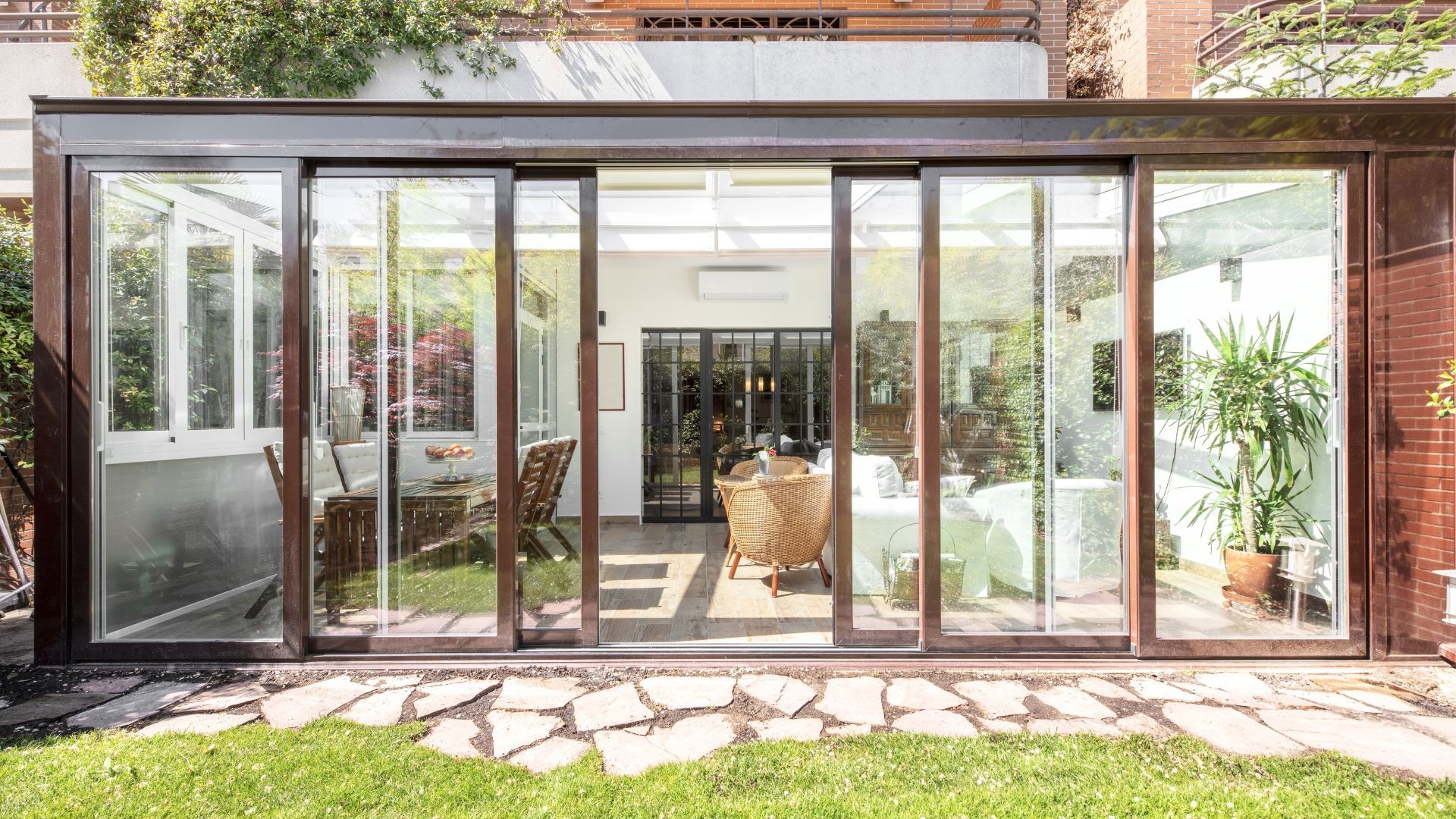Are composite doors better than uPVC?
Are you in the market for a new door? Then you may be wondering whether to go for composite or uPVC. Explore the pros and cons in our guide.
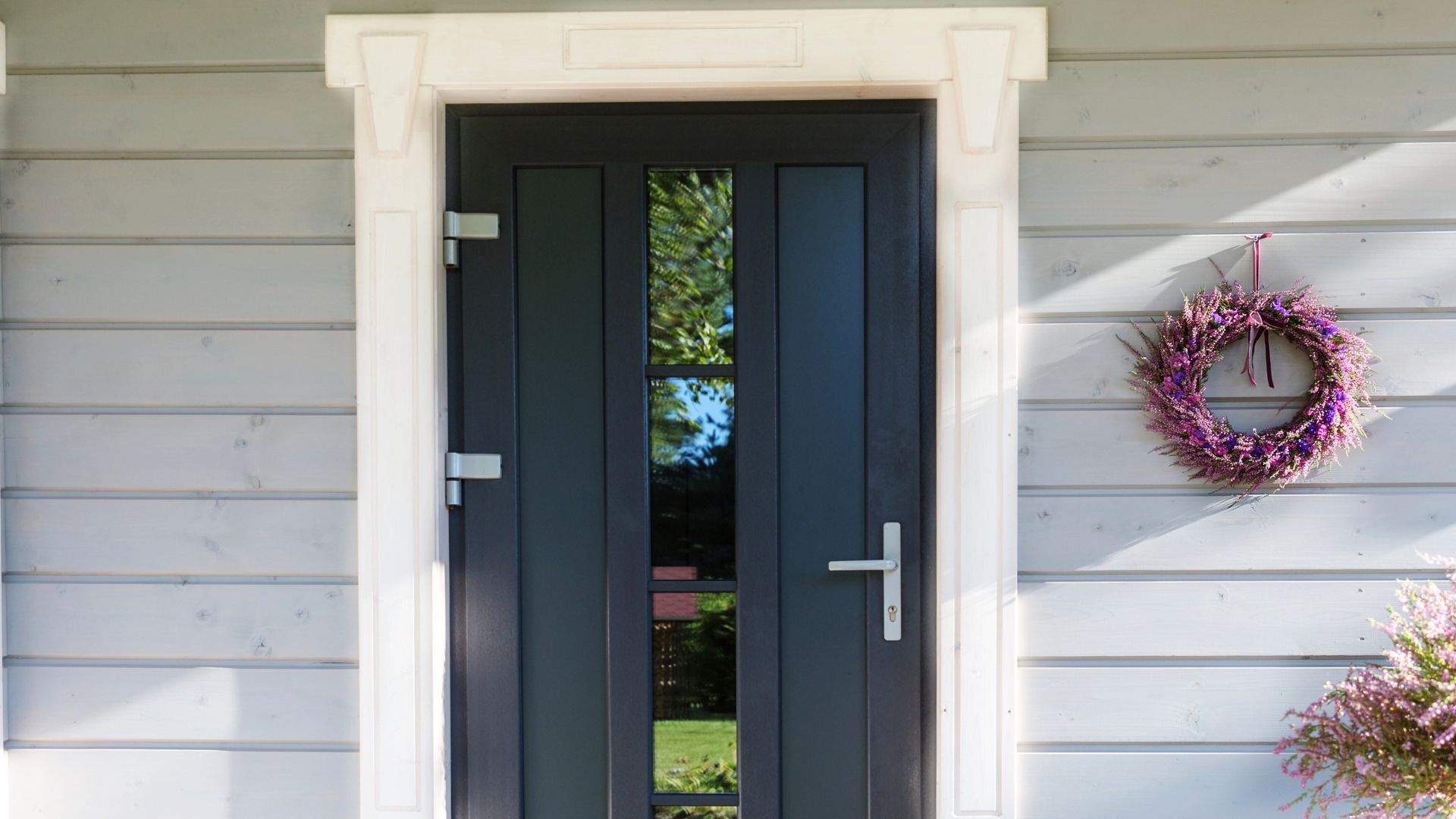
Getting ready to buy a new door? Then you'll have noticed one thing. The best material for a door appears to depend on who you ask.
The timber merchants rate timber. The metalheads love metal. The composite companies push you towards composite. And the uPVC brigade have eyes only for uPVC.
Here at Calder Windows, we're not like that. We don't believe one size (or material) fits all. Different materials have different applications, and each one has its own advantages and disadvantages.
Whatever material you choose, you'll need a door that's secure, insulated, durable and affordable. If it can be personalised through a variety of design choices, even better.
The good news is that these can be achieved with pretty much any material. But in some respects, composite doors are the way to go – and in others, we'd recommend uPVC.
This guide is intended to help you navigate the babble of strong opinions. Whichever you choose, we hope you'll consider us to be your supplier and installer. Happy hunting!
What are composite doors?
A composite door is an exterior door made from a combination of materials. These usually include wood, uPVC, glass-reinforced plastic (GRP) and polyurethane foam.
These layered components create a product that's durable, secure and energy-efficient. In most respects, it's superior to single-material doors – although as we'll see, uPVC doors have their place.
Another winning feature of composite doors is that the outer "skin" can be moulded to look like a wooden door. This gives you a classic look with up-to-date weather resistance. Win-win!
What are uPVC doors?
uPVC stands for "unplasticised polyvinyl chloride". It's a rigid material used for window frames, doors and guttering.
uPVC doors are popular for their affordability, low maintenance and weather resistance. They often have a steel core that stops the door from warping or cracking.
So far, so similar to composite doors? Let's explore the key differences by looking at the pros and cons of each.
The pros and cons of composite doors
In our view, composite doors have only one drawback. They're more expensive than their uPVC counterparts.
As so often with doors and windows, however, a higher initial outlay can reap rewards in the long term. They say if you buy cheap, you buy twice. In the case of doors, if you buy cheap, you may end up having your door replaced altogether.
Our composite doors are extremely durable. Their strong construction and multi-point locking systems make them a barrier against bandits. They're also less prone to fading and discolouration in the British rain and wind.
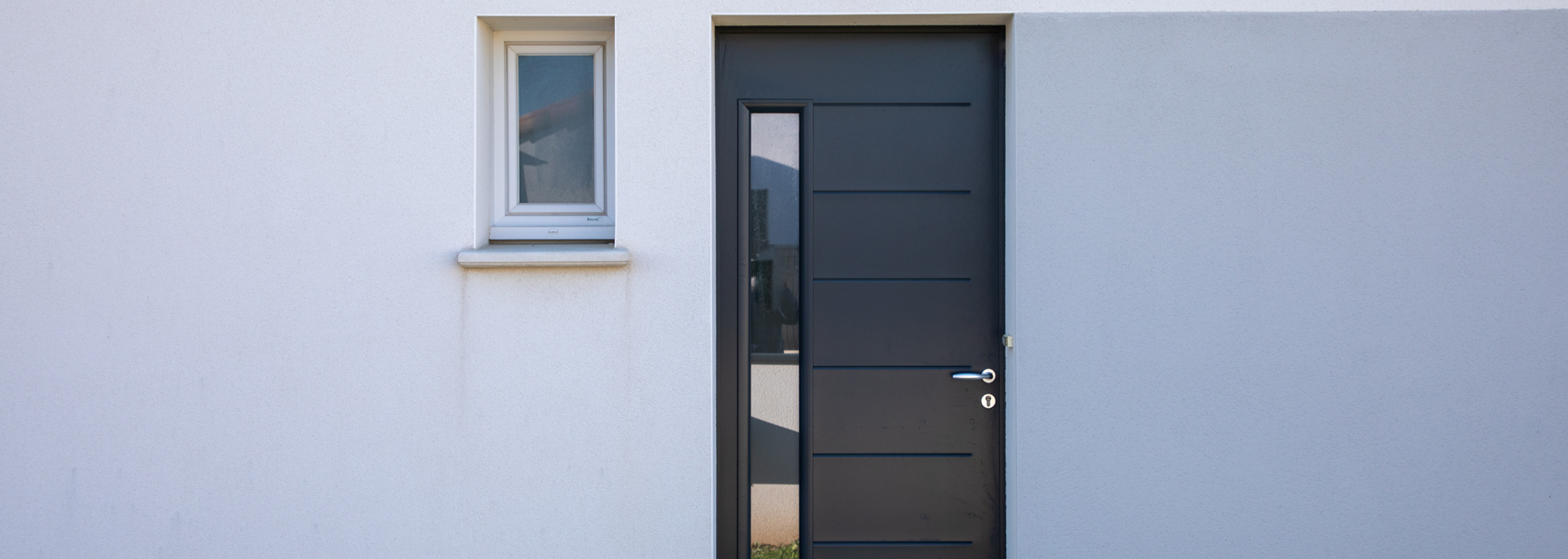
Their thick steel core and sturdy sealing provide excellent insulation, making your home more energy efficient as well as more secure.
All modern doors are good at keeping the heat out in summer and in during winter. But composite doors are a step up. If you're putting sustainability first, composite doors are the way to go.
Finally, composite doors are available in a wide range of colours, styles and designs. They can look good in any property and complement any aesthetic.
The pros and cons of uPVC doors
For most purposes, uPVC doors do the job that composite doors do. They just do it at a slightly lower level of performance.
If you're on a budget, there's nothing wrong with a uPVC door. It's easy to clean and maintain. Some uPVC products on the market (including ours!) come with strong energy efficiency ratings. They're durable and can be customised to complement your existing house style.
The disadvantages are that uPVC does these things less well than its composite counterparts. While they're durable products, they can fade over time and have a shorter lifespan. They also come with fewer style and colour options.
When should you choose composite doors over uPVC doors?
In our opinion, both composite doors and uPVC doors have their place. They're both household staples for a reason. They both tick the boxes and keep your home safe, warm and secure.
There are, however, a few cases where we would choose composite over uPVC.
The first is if you want to make a statement and add kerb appeal to your property. The second is if you're extra hot on security. Those multiple layers of materials provide better protection against forced entry than their uPVC equivalents.
Composite doors also offer superior noise reduction. If you live on a busy road (or have busy neighbours), then composite can be a great choice.
But perhaps the best argument for composite doors is that they hold their value for longer. This is both because of the door's lifespan and because they offer great energy efficiency, reducing household expenses over time.
That said, uPVC is a perfectly serviceable material that's ideal for households on a budget. In premium properties, meanwhile, it can be a good choice for secondary entrances.
How we can help
Here at Calder Windows, we stock both composite doors and uPVC doors. Both come with warranties and are made with high-quality materials.
Your home's security, energy efficiency and aesthetic appeal are our business. Explore our range of doors today to see how we can upgrade your property at an affordable rate.
Frequently asked questions
What is a composite door?
A composite door is made from multiple materials. These typically include a solid timber core surrounded by uPVC, glass-reinforced plastic (GRP) and polyurethane foam.
What is uPVC?
uPVC (unplasticised polyvinyl chloride) is a rigid and durable type of plastic. It's widely used in domestic and commercial settings for window frames, doors and guttering.
Are you looking for a uPVC or composite door supplier in Yorkshire? Get in touch with Calder Windows today for a quick, competitive quote or visit us at our Normanton showroom.
Get a FREE quote
Are you on the lookout for uPVC window fitters in Wakefield or West Yorkshire? With over 30 years' experience and an extensive range of uPVC windows, we can help. Request a quote today or apply for finance and spread the cost.

